Force India technical director Andrew Green on the VJM07
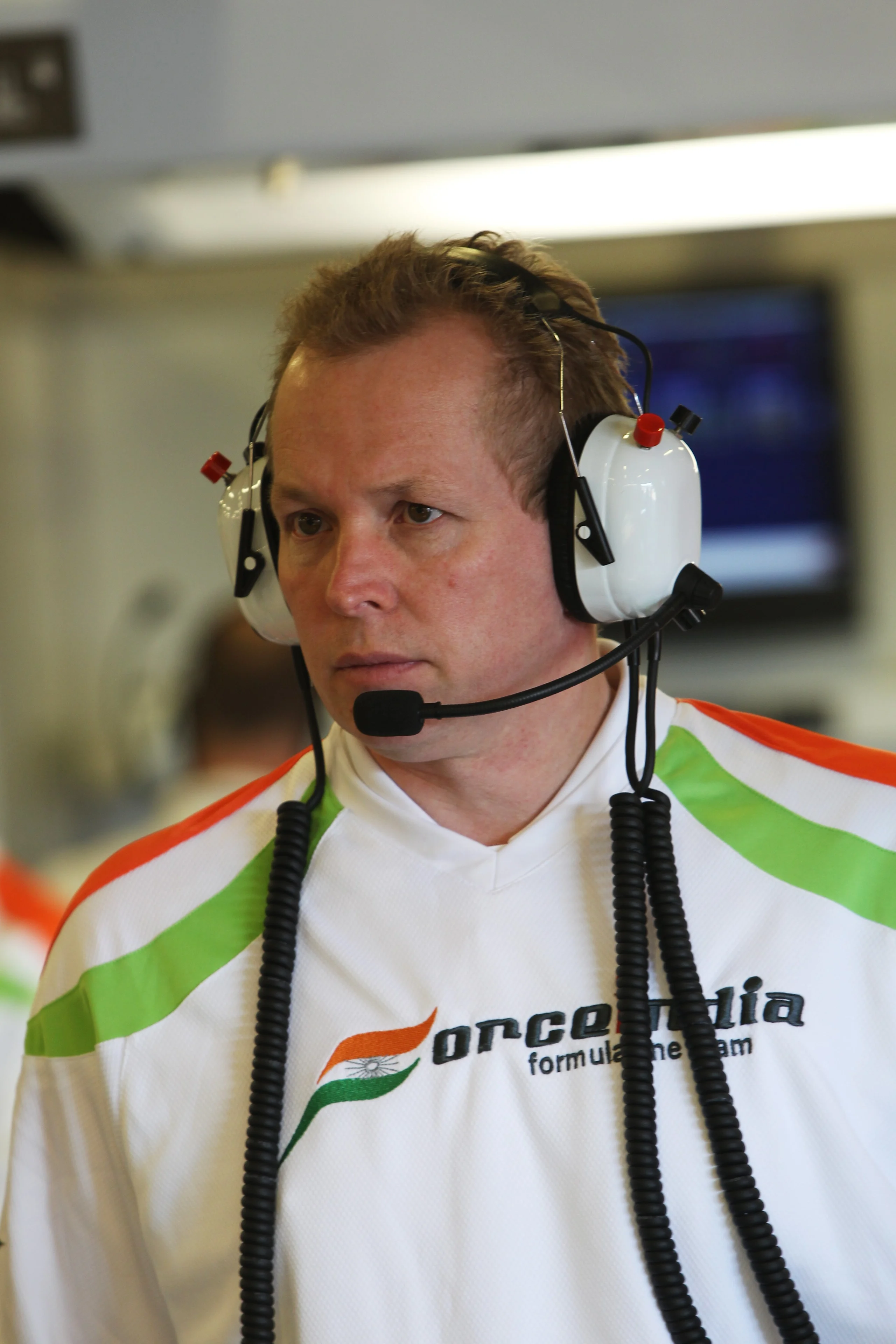
Force India stole a march on their rivals on Wednesday when they became the first team to reveal their 2014 car. The Mercedes-powered VJM07 sports a striking new livery, but the real story is the changes that lie beneath the skin, as technical director Andrew Green, explains…
Q: How would you sum up the overall look of the VJM07?
Andrew Green: Apart from the obvious, it doesn't look hugely different, but it is; almost every single part is a new design, from the front wing right back to the diffuser. Its genetics still lie in the 2013 car, but we've had to achieve the same results in a slightly different way. The nose is a stand-out but from the nose backwards it looks quite similar. It's a little bit 'fatter' for the increased cooling requirements, but we hope to trim that out during the early part of the season. To be competitive we have to develop and because there are so many areas that need significantly refining, optimising the performance of this car is going to be a big challenge.
Q: How key are the aerodynamic changes for this year?
AG: The aerodynamic changes in themselves would have been significant, even if there had been no other regulation changes. There's quite a dramatic reduction in downforce, especially with regard to the exhaust - there's now very little you can do to capture the exhaust energy. That's a big loss on the exit of corners, so traction becomes a premium. That, combined with a change in the front wing width, has changed all the flow structures on the car completely.
Q: Is the narrower front wing the biggest change?
AG: The front wing change is significant; it's a completely different concept for 2014. Visually it's one of the biggest changes. That was a big task, rebuilding all those aerodynamic structures from the front to the back to complement the smaller rear wing. The loss of the lower rear wing, or beam wing, leads to a significant loss of performance. That lower wing helped connect the diffuser to the top wing and gave those two areas a lot of support. Without it, it's become very difficult to extract performance and it's going to be quite a tricky area to keep stable. So there was quite a dramatic loss in headline downforce numbers, while there was also a drop in drag, which has fallen quite dramatically as well.
Q: Will noses be a key area of development?
AG: Our nose is a launch spec and later we will have an updated front end of the car, which potentially is quite different. We had to take quite a pragmatic view of it and say we've got to go testing so we've got to get a car out of the door. As much as we want to push the boundaries of the impact structure, because we know how important they are for the whole car, we don't have the resources to push it to the limit in our first iteration, so we need a banker. The nose that is on the launch car is a banker. We've got ourselves a car that we can go testing and racing with. Several weeks ago we started pushing the design boundaries because we think there's performance in it. There are new concepts coming through.
Q: Everyone has to choose eight ratios for the season. Have you simply followed the selection made by Mercedes?
AG: Although our ratios are supplied by Mercedes we also did our own simulations, and to be honest we came up with very similar answers. We were happy to carry on that route. We are allowed one change and I think we'll wait and see how it performs and how it compares to our simulation. The good news is that lengthy ratio discussions (which gears to lengthen or shorten) will become a thing of the past, so that saves a small amount of work track side! The ratios look fairly benign, from what we can see from our preliminary solutions.
Q: How hard has it been to fit the new power unit into the overall package?
AG: It's been a massive job to accommodate all the changes to the power unit - it's the biggest change I've witnessed in the sport since I started in 1990. On top of that, if you add the development that comes with it during the season, it's going to take some managing. From the first time the car runs it will be continual development as we gather data, understand where the car sits relative to our models, refine it, and go back to the track again.
Q: What's been the biggest challenge in terms of packaging?
AG: Cooling has been the biggest challenge - most of last summer was taken up trying to understand the cooling requirements of the power unit, and how best to optimise it in the chassis. There's a lot more to cool and you are weighing up the performance of the power unit versus the performance of the chassis and aerodynamics, and trying to hit the optimum on each one of them. We've had to develop a completely new tool set to examine, analyse and optimise it. We won't get a real answer on how far out we were until we start running and then we'll refine the tools again and have another go at it. I expect quite a big redefinition of the cooling system later in the season once we've gathered all the data from the winter testing and the first couple of races.
Q: What else is new this year?
AG: The braking system is a significant change; the rear system is effectively a brake by wire. This means the rear brakes can now respond completely differently from the way they have traditionally done before. A lot of work has gone into this system from simulation, design to testing it on the dyno. However, we won't fully know how the system will perform until we get on track and gather some data and driver feedback.
Next Up
Related Articles
 WATCH: F1 Animated returns for a look back at 2025
WATCH: F1 Animated returns for a look back at 2025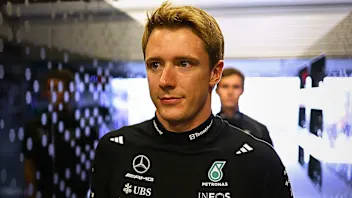 ExclusiveVesti on life as Mercedes reserve and his F1 plan
ExclusiveVesti on life as Mercedes reserve and his F1 plan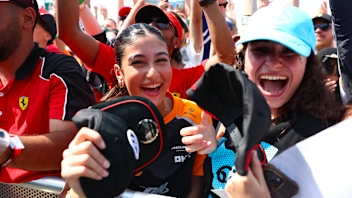 Formula 1’s record-breaking 2025 season in numbers
Formula 1’s record-breaking 2025 season in numbers/TEAM%20PREVIEWSHALF%20TERM%20REPORTS%20DISPLAY%20V1%20(13).webp) End Of Year Reports 2025Racing Bulls’ best and worst moments from 2025
End Of Year Reports 2025Racing Bulls’ best and worst moments from 2025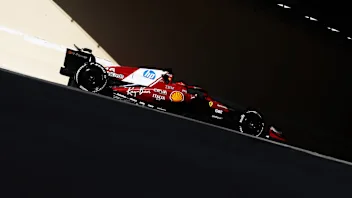 Ferrari confirm launch date for 2026 campaign
Ferrari confirm launch date for 2026 campaign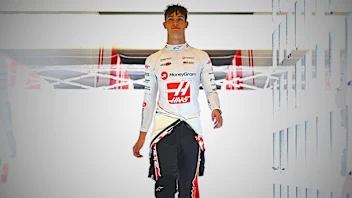 ExclusiveHow Bearman went from super-sub to star rookie in 2025
ExclusiveHow Bearman went from super-sub to star rookie in 2025